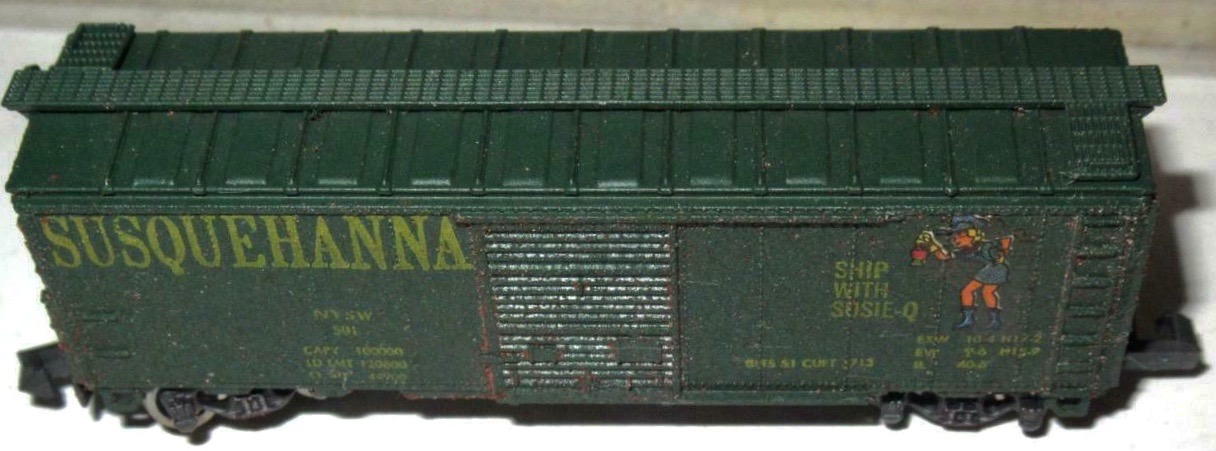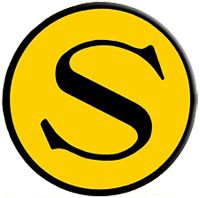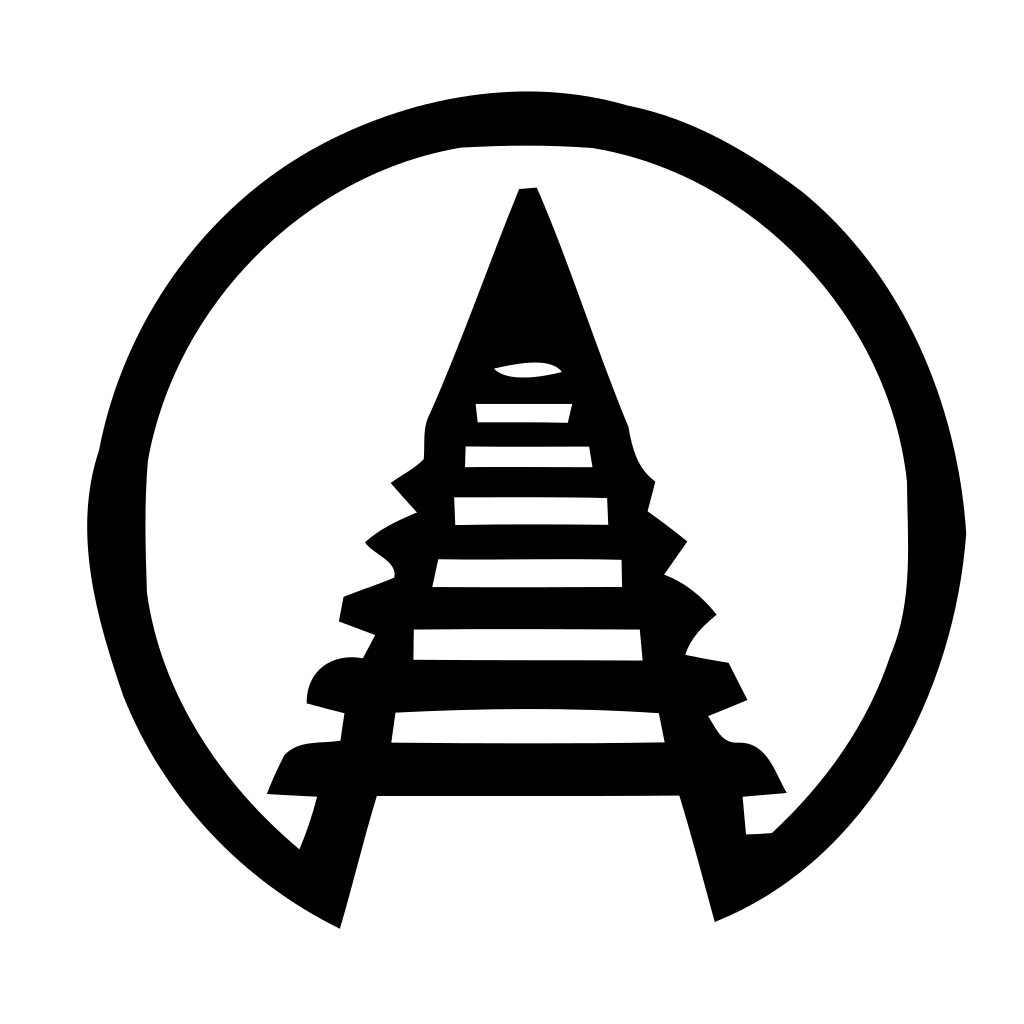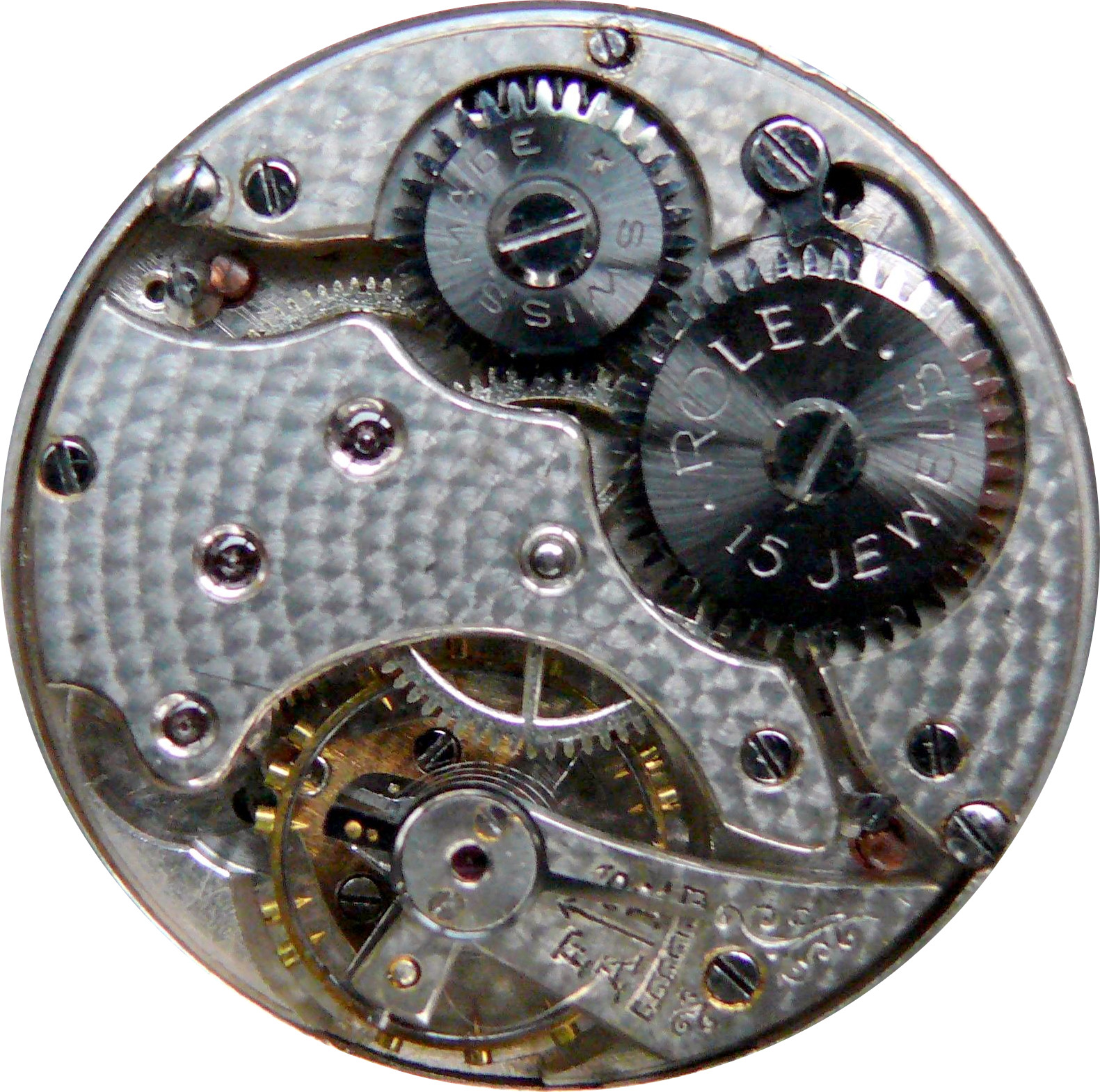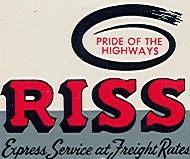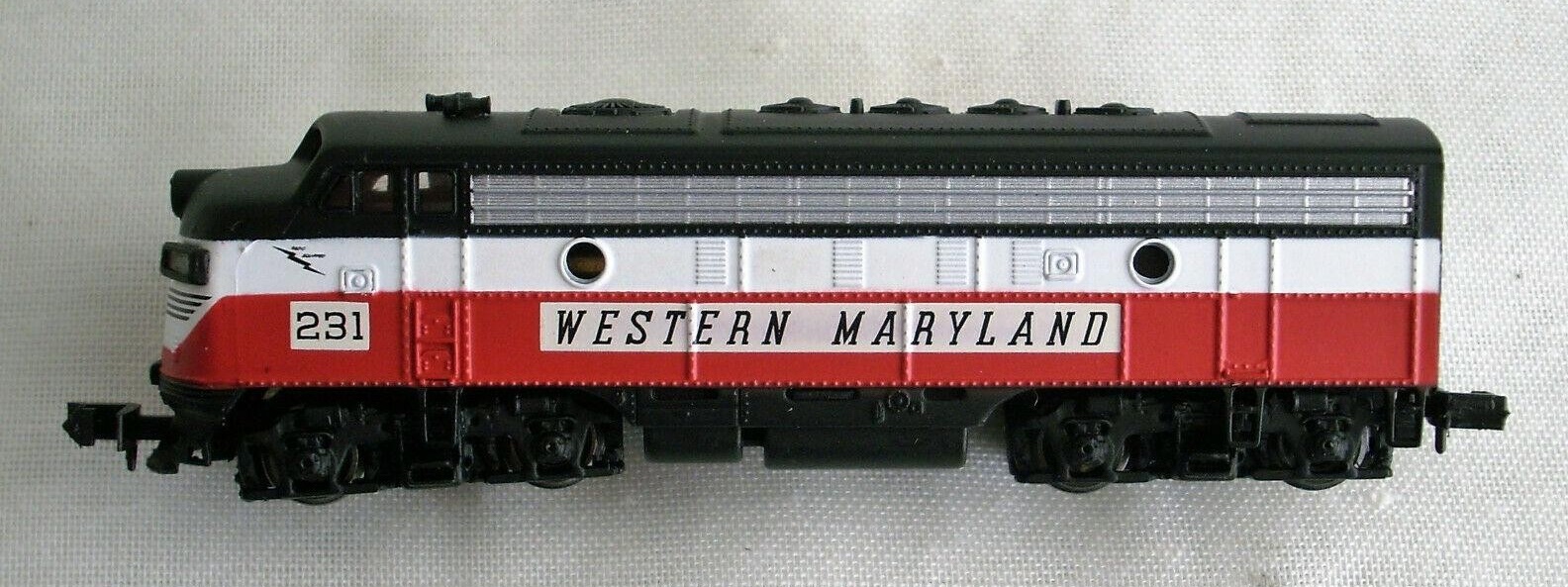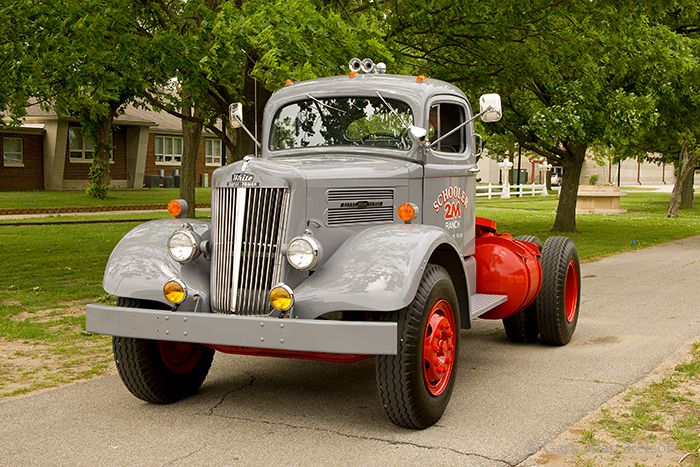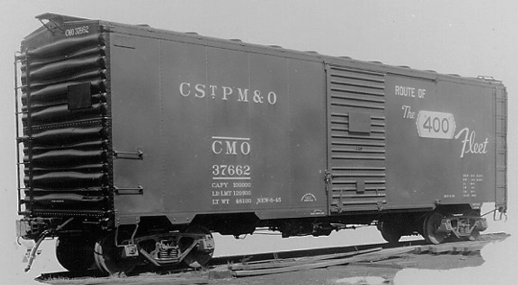Model Information: Originally, these models were produced in Japan by Kato for Con-Cor. However, since Con-Cor owned the tooling, they later decided to move the molds to their Chicago factory and later releases of the car were produced in the United States. This tooling may have been eventually moved to China when Con-Cor moved their production to China in the 1990s. ESM has produced this model in assorted paint schemes.
Prototype History: The Association of American Railroads had been establishing design standards for freight cars since the early part of the century. Each new design standard meant higher capacity, lighter, more durable cars. The 1937 standard 40' box car featured an interior height of 10'. Just prior to America's entry into the war, there was a push for an even larger interior height for the AAR standard. The first cars that would eventually be termed 1944 AAR, were actually built in 1941 but the war delayed its declaration as the standard. The new taller cars required a new design of end. Corrugated metal ends had been used since the days when wood side cars dominated for a very good reason, shifting loads would burst through wooden ends during sudden starts and stops! These corrugated panels were stamped in two sections, split horizontally down the middle. The 1937 standard had 5 ribs on one half and 4 ribs on the other -- creating what is called a 5-4 Dreadnaught end. The slightly taller 1944 model required something a little different. The lower panel has 4 ribs while the upper panel has 3 then a space and a final rectangular rib at the top. Called a 4-3-1 (or R-3-4) Improved Dreadnaught end, this design would dominate new box car construction for years.
Road Name History: The New York, Susquehanna & Western Railway (reporting mark NYSW) (a.k.a. the Susie-Q or the Susquehanna) is a Class II American freight railway operating over 500 miles (800 km) of track in the northeastern states of New York, Pennsylvania and New Jersey. It was formed in 1881 from the merger of several smaller railroads. Passenger service in Northern New Jersey was offered until 1966. The railroad was purchased by the Delaware Otsego Corporation in 1980, and became a regional player during the 1980s in the intermodal freight transport business.
The New York, Susquehanna & Western can trace its roots back to the Hoboken, Ridgefield & Paterson Railroad, chartered in 1866 to connect industrial Paterson, New Jersey, with the ports along the Hudson Waterfront opposite New York City at Hoboken. That same year, the New York and Oswego Midland Railroad was chartered to connect the Great Lakes port at Oswego, New York, with New York City. Several competing companies sprang up in 1867, but the New Jersey Western was the most successful, constructing westward from Paterson and Hawthorne. Cornelious Wortendyke, president of the New Jersey Western Railroad (NJW), signed a lease agreement with DeWitt Clinton Littlejohn of the New York, Ontario and Western Railway (NYO&W) giving his road a through route into New Jersey. Construction on the NY&OM started in 1868 and progressed rapidly. The NJW changed its name to the New Jersey Midland Railway in 1870, and construction had stretched from Hackensack, New Jersey, all the way through to Hanford.
Currently, the NYS&W operates over 500 miles of track in three states. The network consists of three main routes, one running from Northern New Jersey to Binghamton and the other two branching north from Binghamton to serve Utica and Syracuse.
The New York, Susquehanna & Western can trace its roots back to the Hoboken, Ridgefield & Paterson Railroad, chartered in 1866 to connect industrial Paterson, New Jersey, with the ports along the Hudson Waterfront opposite New York City at Hoboken. That same year, the New York and Oswego Midland Railroad was chartered to connect the Great Lakes port at Oswego, New York, with New York City. Several competing companies sprang up in 1867, but the New Jersey Western was the most successful, constructing westward from Paterson and Hawthorne. Cornelious Wortendyke, president of the New Jersey Western Railroad (NJW), signed a lease agreement with DeWitt Clinton Littlejohn of the New York, Ontario and Western Railway (NYO&W) giving his road a through route into New Jersey. Construction on the NY&OM started in 1868 and progressed rapidly. The NJW changed its name to the New Jersey Midland Railway in 1870, and construction had stretched from Hackensack, New Jersey, all the way through to Hanford.
Currently, the NYS&W operates over 500 miles of track in three states. The network consists of three main routes, one running from Northern New Jersey to Binghamton and the other two branching north from Binghamton to serve Utica and Syracuse.
Brand/Importer Information: Con-Cor has been in business since 1962. Many things have changed over time as originally they were a complete manufacturing operation in the USA and at one time had upwards of 45 employees. They not only designed the models,but they also built their own molds, did injection molding, painting, printing and packaging on their models.
Currently, most of their manufacturing has been moved overseas and now they import 90% of their products as totally finished goods, or in finished components. They only do some incidental manufacturing today within the USA.
Important Note: The Con-Cor product numbering can be very confusing. Please see here in the article how to properly enter Con-Cor stock numbers in the TroveStar database.
Currently, most of their manufacturing has been moved overseas and now they import 90% of their products as totally finished goods, or in finished components. They only do some incidental manufacturing today within the USA.
Important Note: The Con-Cor product numbering can be very confusing. Please see here in the article how to properly enter Con-Cor stock numbers in the TroveStar database.
Item created by: gdm on 2016-10-27 09:51:59. Last edited by CNW400 on 2020-07-02 14:48:24
If you see errors or missing data in this entry, please feel free to log in and edit it. Anyone with a Gmail account can log in instantly.
If you see errors or missing data in this entry, please feel free to log in and edit it. Anyone with a Gmail account can log in instantly.


